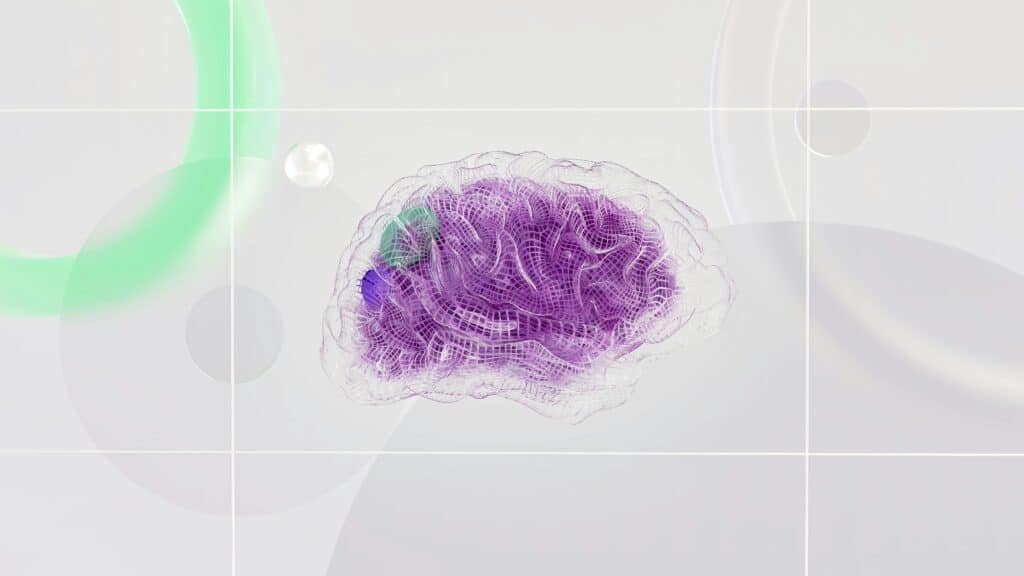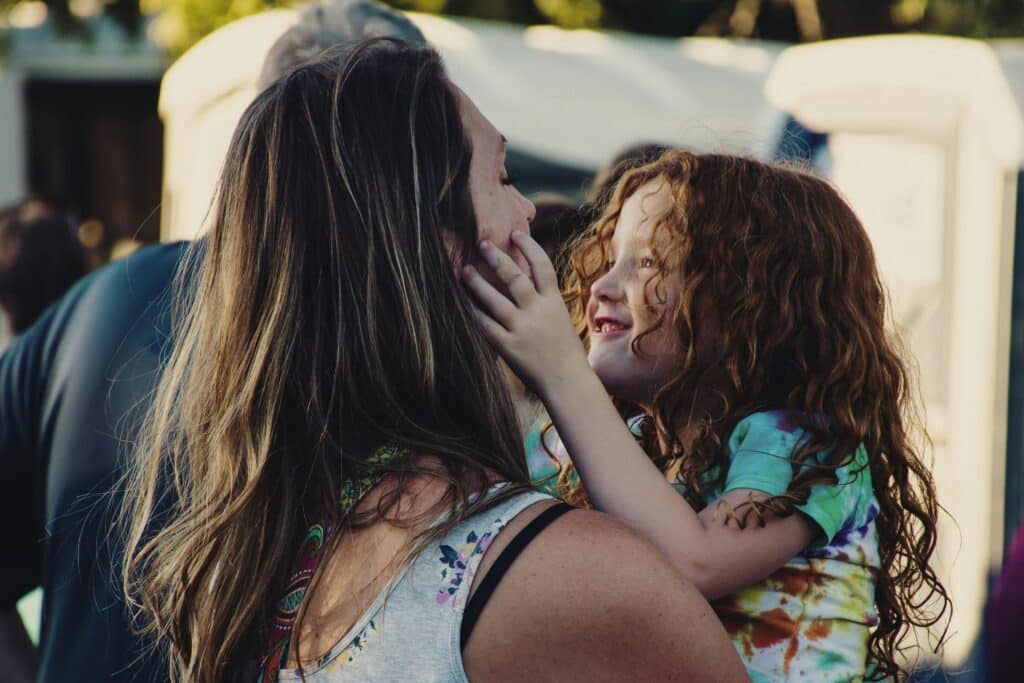What Your Child Learns When No One’s Looking

When Sarah’s son came home from middle school one day, she noticed something strange. He didn’t talk about science projects or history lessons—instead, he worried about “fitting in,” “being liked,” and “not standing out too much.” She realized that while the teachers were teaching math and writing, her son was learning something else entirely—an invisible set of lessons shaping how he thought, acted, and saw himself within the school system.
Educators call this the hidden curriculum—the unspoken lessons that students absorb through routines, expectations, and social structures. It’s what kids learn between the lines of their textbooks: how authority works, who gets rewarded, and what behaviors are valued or ignored.
According to the American Educational Research Association (2024), over 70% of parents are unaware that social hierarchies and discipline systems in schools influence how children view fairness, confidence, and identity. These lessons are subtle but powerful, shaping how students navigate the school system long after graduation.
What Makes the Hidden Curriculum So Powerful
- It’s invisible: Students learn it without realizing it.
- It’s reinforced daily: Through grades, rewards, and peer culture.
- It’s culturally biased: It often favors certain social norms or communication styles.
| Aspect of School Life | What’s Intentionally Taught | What’s Hiddenly Learned |
|---|---|---|
| Classroom Rules | Respect authority | Compliance over critical thinking |
| Group Work | Collaboration | Popularity and dominance hierarchies |
| Grading System | Measuring progress | Self-worth tied to performance |
| Dress Codes | Professionalism | Conformity and appearance pressure |
| Disciplinary Policies | Safety and order | Fear of failure and silence around mistakes |
(Sources: AERA, 2024; National Education Policy Center, 2023)
The school system isn’t just teaching academics—it’s shaping how children view success, authority, and themselves. In the next section, we’ll reveal the seven hidden lessons the school system teaches every child, and how parents can start to recognize—and counter—them at home.
7 Hidden Lessons Every Child Learns in the School System

The school system isn’t just a place where children memorize facts or pass exams—it’s also where they silently absorb messages about power, identity, and value. Sociologists call these “hidden lessons,” the invisible curriculum shaping how students see the world and their place in it.
According to Harvard Graduate School of Education (2024), students spend an average of 15,000 hours in classrooms before graduating high school. During that time, they internalize far more than academics—they learn cultural rules, emotional norms, and invisible expectations that parents rarely see.
1. Obedience Is Safer Than Questioning
While schools promote curiosity, students often learn that obedience is rewarded. Following directions earns praise, while challenging authority can bring consequences.
Hidden Message: “Go along to get along.”
- Kids who question policies or grades may be labeled “difficult.”
- Creativity often takes a back seat to compliance.
- Over time, this teaches students that silence is safer than thinking critically.
2. Grades Define Self-Worth
In theory, grades measure learning. In practice, they often define identity. Students quickly learn that their value is tied to numbers and letters.
Hidden Message: “You are your performance.”
- Academic anxiety increases self-doubt and burnout.
- Lower scores can lead to social stigma or exclusion.
- The school system unintentionally equates effort with moral worth.
| Visible Curriculum | Hidden Curriculum |
|---|---|
| Report cards measure mastery | Grades determine identity |
| Effort equals improvement | Results equal personal value |
| Teachers track progress | Students internalize hierarchy |
(Sources: APA Education Monitor, 2024; NEPC, 2023)
3. Social Status Matters More Than Character
Popularity often trumps kindness. Students learn early that attention, fashion, and charisma yield more influence than compassion or effort.
Hidden Message: “Being liked is more important than being good.”
- School environments often mirror workplace power dynamics.
- Social hierarchies teach conformity and competition over empathy.
4. Failure Is Final
The school system often presents failure as a dead end instead of a learning opportunity. Students internalize shame instead of growth.
Hidden Message: “Mistakes make you less capable.”
- Fear of failure discourages experimentation.
- Students hide errors rather than learn from them.
- Fixed grading structures reinforce perfectionism.
5. Rules Reflect Power, Not Fairness
Rules aren’t always equitable. Discipline disproportionately affects students of color and those from low-income backgrounds.
Hidden Message: “The rules protect some more than others.”
- According to The Brookings Institution (2023), Black students are 3.6 times more likely to face suspension than white peers for similar behavior.
- This teaches students implicit lessons about privilege and authority in the school system.
| Discipline Category | Who Faces It Most | Resulting Message |
|---|---|---|
| Dress code violations | Girls & marginalized students | Image > individuality |
| Behavioral reports | Students of color | Authority bias exists |
| Academic penalties | Neurodivergent students | Different = wrong |
(Sources: Brookings Institution, 2023; National Education Policy Center, 2023)
6. Conformity Beats Creativity
From standardized tests to identical classroom layouts, the school system teaches that fitting in is safer than standing out.
Hidden Message: “Original thinking is risky.”
- Students learn to prioritize the “right answer” over innovation.
- Creative learners are often misunderstood as distracted or defiant.
- A 2023 Stanford Education Review found that 61% of students felt they “had to hide creativity” to get higher grades.
7. Competition Is a Way of Life
Group work aside, schools train students for rivalry, not collaboration. Ranking systems, awards, and honor rolls make peers competitors rather than teammates.
Hidden Message: “Someone else’s success means your loss.”
- Students learn scarcity mindset early.
- It normalizes comparison and self-criticism.
- Collaboration becomes secondary to achievement.
The Larger Impact
These seven hidden lessons create lasting imprints. They shape how children view fairness, effort, and community even into adulthood. The school system may claim neutrality, but it quietly teaches powerful cultural values every day.
As one Education Policy Analysis Archives (2024) report put it: “The hidden curriculum doesn’t just reflect society—it reproduces it.”
How Parents Can Unteach the Hidden Curriculum

Parents can play a powerful role in reshaping what their children truly learn beyond the school system’s hidden messages. While schools often reward conformity, silence, and performance, homes can nurture independence, empathy, and creativity.
A National PTA (2024) study revealed that 82% of parents see a decline in curiosity and self-confidence as children move through traditional schooling. This shows that parental influence can be the strongest corrective force — helping kids build emotional resilience and critical awareness the system often overlooks.
Below is a guide showing how parents can actively “unteach” the hidden curriculum their children encounter every day:
| Hidden School Lesson | What Kids Learn in School | How Parents Can Reverse It at Home | Practical Example |
|---|---|---|---|
| Obedience > Curiosity | Questioning authority is risky | Encourage debate and critical thinking | Ask: “What would you do differently if you were the teacher?” |
| Grades = Worth | Performance defines identity | Praise effort, growth, and creativity | Celebrate persistence, not perfect scores |
| Failure = Shame | Mistakes mean weakness | Normalize failure as part of learning | Share your own failures and lessons learned |
| Conformity = Safety | Standing out feels dangerous | Value individuality and uniqueness | Let kids choose outfits, projects, or study topics |
| Competition > Collaboration | Rivals, not teammates | Emphasize teamwork and shared success | Family projects or cooperative games |
| Rules = Fairness | Authority is always right | Discuss fairness and justice | Talk about school rules — ask, “Is that fair?” |
| Emotions = Distraction | Feelings aren’t academic | Teach emotional awareness and empathy | Use movies or stories to talk about feelings |
(Sources: National PTA, 2024; APA Education Monitor, 2024; Stanford Education Review, 2023)
By changing what’s taught at home, parents transform children’s silent lessons into lifelong strengths. The school system might teach compliance — but families can teach courage.
Works Cited
EBSCO Research Starters. What Is Hidden Curriculum? Accessed October 11, 2025. https://www.ebsco.com/research-starters/education/hidden-curriculum
Hechinger Report. Disobedience, Discipline, and Racial Disparity in U.S. Schools. Accessed October 11, 2025. https://hechingerreport.org/disobedience-discipline-and-racial-disparity/
Learning Policy Institute. Pushed Out: Trends and Disparities in Out-of-School Suspension. Accessed October 11, 2025. https://learningpolicyinstitute.org/product/crdc-school-suspension-report
National Center for Biotechnology Information. Exploring the School-to-Prison Pipeline: How School Suspensions Affect Later Outcomes. Accessed October 11, 2025. https://pmc.ncbi.nlm.nih.gov/articles/PMC8277150/
National Center for Biotechnology Information. Racial Disparities in Elementary School Disciplinary Actions. Accessed October 11, 2025. https://pmc.ncbi.nlm.nih.gov/articles/PMC8860403/
Proceedings of the National Academy of Sciences (PNAS). Racial Disparities in School-Based Disciplinary Actions Are Systemic. Accessed October 11, 2025. https://www.pnas.org/doi/10.1073/pnas.1808307116
Tandfonline. A Conceptual Framework for Uncovering the Hidden Curriculum in Education. Accessed October 11, 2025. https://www.tandfonline.com/doi/full/10.1080/2331186X.2023.2191409
University Affairs. The Hidden Curriculum and Its Impacts on Students and Educators. Accessed October 11, 2025. https://universityaffairs.ca/opinion/the-hidden-curriculum-and-its-impacts-on-students-and-educators/
U.S. Department of Education (ERIC Database). Hidden Curriculum as One of Current Issues of Curriculum. Accessed October 11, 2025. https://files.eric.ed.gov/fulltext/EJ1083566.pdf
Brookings Institution. Disciplinary Referrals, Teachers, and the Sources of Racial Disciplinary Disproportionalities.Accessed October 11, 2025. https://www.brookings.edu/articles/disciplinary-referrals-teachers-and-the-sources-of-racial-disciplinary-disproportionalities/


